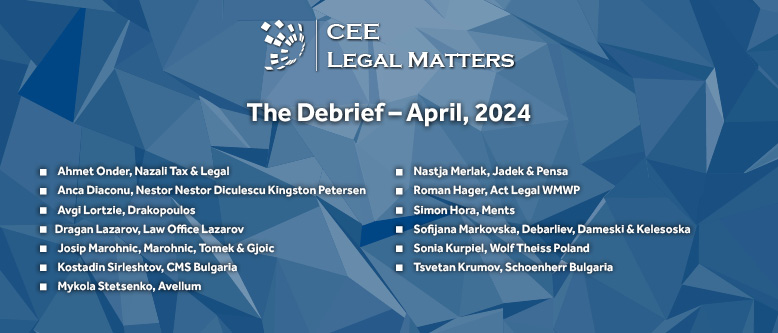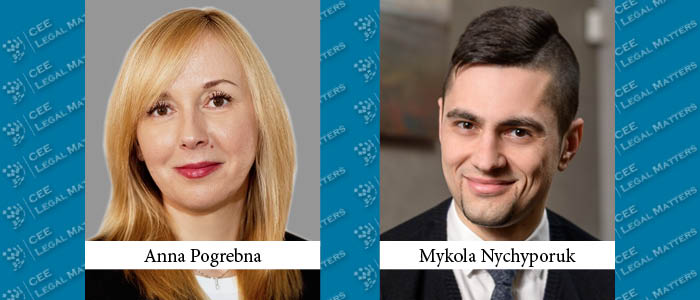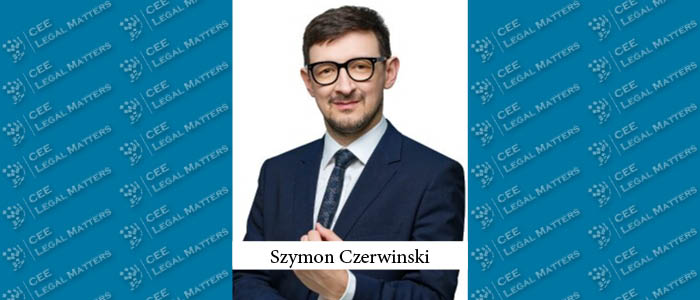Bulgaria’s infrastructure sector has seen major projects completed and many more are planned. With the country facing political turmoil and corruption still an infrastructure buzzword, Kinstellar Partner Antonia Mavrova and Gugushev and Partners Senior Partner Victor Gugushev navigate the intricacies of Bulgarian infrastructure.
By Land, By Sea, By Air
The 2020 concession of Sofia Airport, awarded to the SOF Connect consortium, is, to Mavrova, still the most resounding success in recent years. “We haven’t seen any infrastructure project development of such scale, although there were ambitious plans for big infrastructure projects such as tunnels, airports, and ports,” she says. “The expansion of Terminal 2 is set to begin in line with the overhaul plans.”
In terms of roads, Mavrova notes that “a few small-scale highway projects are due to be completed soon, including the Europe highway connecting Sofia with the Serbian border, and parts of the Struma highway, while larger projects such as Hemus are being delayed due to various reasons.” She reports that her office has “witnessed some progress on the modernization of railway infrastructure part of the TEN-T network and with funds from the Operational Program on Transport 2014-2020, along the railways of Sofia-Septemvri and Plovdiv-Burgas, while still others are being delayed.”
Additionally, “last year, the Three Seas Initiative Investment Fund announced its first investment in infrastructure in Bulgaria – the acquisition of a stake in BMF Port Burgas, the operator in the Port of Burgas,” Mavrova highlights.
Big Plans, Even Bigger Dreams
Assessing the state of affairs now, and looking at the future, Mavrova says that “the new geopolitical context has a consequential impact on the priority projects in the pipeline for the future. Global supply chains are being shifted and Bulgaria is seeking to position itself as a regional hub.” According to her, it has become increasingly important to improve connectivity with neighboring countries, such as, for example, “the overhaul of the Varna and Ruse seaports.”
Gugushev chimes in, adding that “the European Commission approved the Bulgarian Transport Connectivity Program 2021-2027, which is the first major infrastructure program for Bulgaria adopted by the EC.” According to him, “funds over EUR 1.6 billion are earmarked under the program and are planned to be invested in some of the largest road and railway projects, in the purchase of specialized equipment in water transport, as well as investments to reduce harmful transportation emissions. This program also provides funding under the National Recovery and Resilience Plan.”
Furthermore, Gugushev says that “in the road sector, the priorities are the construction of the Ruse-Veliko Tarnovo highway and the Shipka tunnel, which will provide a fast connection between Central, Northern, and Southern Bulgaria. The completion of the Struma Highway (Sofia-Kulata) is another priority in the axis for road projects,” he explains. When it comes to the railway sector, the main priority is “the completion of the railway lines Elin Pelin-Kostenets and Voluyak-Dragoman, as well as the modernization of the sections from Sofia to the Serbian and Macedonian borders.”
Continuing, Mavrova says that “another way for Bulgaria to position itself as a hub is focusing on nearshoring and logistics. A step in that direction was made last year when the government adopted a list of industrial parks identified as strategically important for the balanced territorial development of the country,” she notes. “When well-connected to the rest of the county, industrial parks could be the center of major logistics and manufacturing activities,” Mavrova explains.
Recovering the Recovery and Resilience Plan
“The Recovery and Resilience Plan is perceived to be a driver of the infrastructure sector and includes a number of elements to improve transport and digital infrastructure delivered through investments contingent on the implementation of a set of reforms,” Mavrova says. Frequent political upheavals over the past two years have stalled matters somewhat, and certain aspects of the plan are set to be renegotiated. Still, certain projects have kicked off, including “one for developing industrial zones, which aims to put in place conditions to attract investors on the grounds of industrial parks by building basic, green, specialized and/or social infrastructure,” Mavrova points out.
The full potential of the plan remains yet to be realized. “The renegotiations with the European Commission are set to restart in April 2023 and we are yet to see how this will impact the programs for infrastructure projects that were envisioned in the plan,” Mavrova adds.
Under the Corruption Blanket Term
Even with several successfully completed major projects in the bag, and a fairly comprehensive plan for the future, the infrastructure sector in Bulgaria has other problems. “It is undeniable that large-scale infrastructure projects depend on political will and a stable government – which Bulgaria has been lacking for the last two years,” Mavrova says. “Major projects are being delayed not only because of the political uncertainty but also because tender procedures are often being appealed by the unsuccessful bidders, or by other interested parties, on grounds of corruption, among others.”
Gugushev, for one, feels that corruption is the key problem. “Corruption in the public sector and, specifically, in road construction has a direct negative impact not only on the pace of development and the quality of infrastructure projects in Bulgaria, but it is also an indirect cause that leads to a significant increase in the risk to the life and health of all persons traveling along the national road network,” he explains. Specifically, “in order to absorb a public resource in huge proportions, corrupt practices in Bulgaria led to one of the highest prices for the construction of a kilometer of highway in Europe. According to information presented in the media, the prices for Struma Highway exceeded BGN 50 million per kilometer with VAT, which at that time was a record for the European Union,” he explains.
Not only that, but the “artificial increase in construction prices for the purposes of their criminal appropriation left other significant projects without the necessary financing,” Gugushev shares. “Currently, Bulgaria has around 800 kilometers of existing highways and more than 50% of the road network in the country is amortized, dangerous for traffic, and in need of repairs, for which there are not enough funds,” he says. “In order for the profit margins to be even higher, road construction is massively carried out in poor quality. Recently, it was found that 33% of the asphalt thickness is missing on some of the newly built routes – paid for with European funding. Poor quality construction is one of the main reasons why Bulgarian roads are among the deadliest in Europe,” Gugushev stresses.
Interestingly, “in order to be able to absorb the European funds for the construction of roads in the country in a timely manner, in many places the construction was carried out without having finished the administrative procedures for permitting construction. At the moment, this represents a serious challenge regarding the commissioning of the roads built without the relative documentation,” Gugushev continues.
Finally, Gugushev also highlights there was an “extremely non-transparent practice in road construction” in place, known as in-house procurement. “The construction was assigned to a state-owned company without the necessary capacity, which then subsequently used the major construction companies as subcontractors, thereby circumventing the requirements of the Public Procurement Act.”
This article was originally published in Issue 10.3 of the CEE Legal Matters Magazine. If you would like to receive a hard copy of the magazine, you can subscribe here.


























